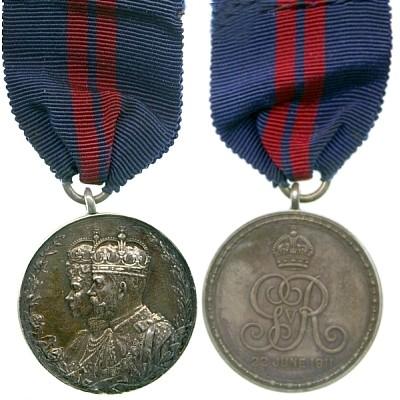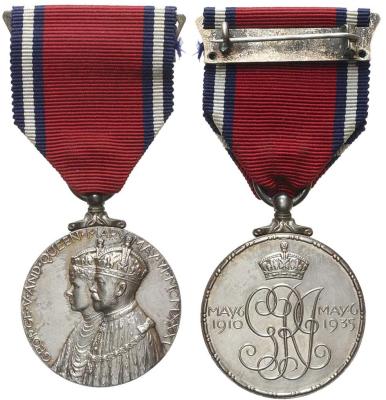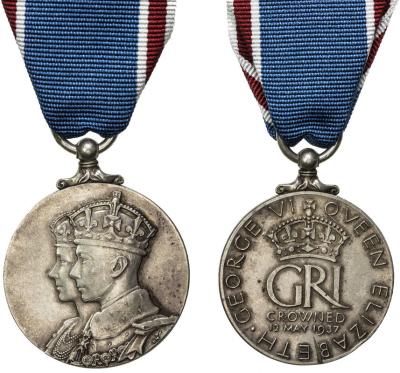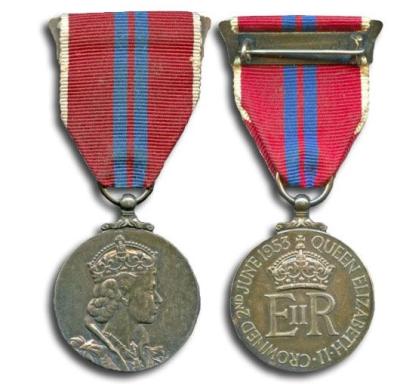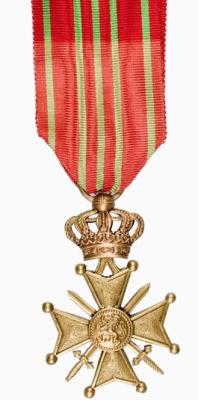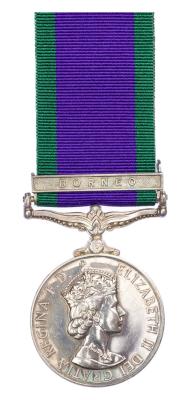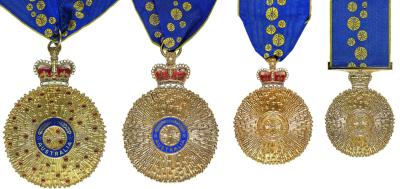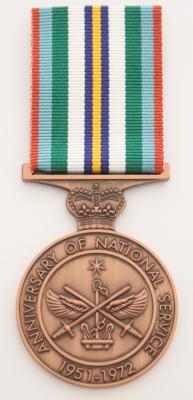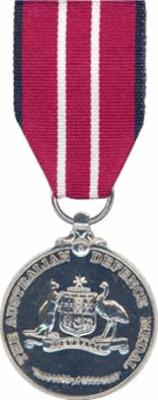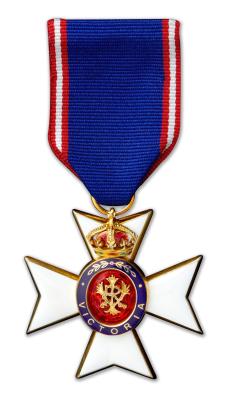Medal - Indian Mutiny Medal
The Indian Mutiny Medal was a campaign medal approved in August 1858, for officers and men of British and Indian units who served in operations in suppression of the Indian Rebellion of 1857. The obverse depicts the diademed head of a young Queen Victoria with the legend VICTORIA REGINA, designed by William Wyon. The reverse shows a helmeted Britannia holding a wreath in her right hand and a union shield on her left arm. She is standing in front of a lion. Above is the word INDIA, with the dates 1857–1858 below. The reverse was designed by Leonard Charles Wyon, who also engraved the die of the medal.
The name of the military revolt is contested, and it is variously described as the Sepoy Mutiny, the Indian Mutiny, the Great Rebellion, the Revolt of 1857, the Indian Insurrection, and the First War of Independence. However named, it was a rebellion against British rule by a large part of the Bengal army in India. It is also called the Sepoy Revolt because Indian troops in the British-controlled army were called sepoys. The mutiny, which was confined to the north, was the most serious threat to British rule in India in the 19th century. One of the precipitating causes was the ammunition for the new Enfield Pattern 1853 rifled musket. These rifles, which fired Minié balls, had a tighter fit than the earlier muskets, and used paper cartridges that came pre-greased. To load the rifle, sepoys had to bite the cartridge open to release the powder. The grease used on these cartridges was rumoured to include tallow derived from beef, which would be offensive to Hindus, and lard derived from pork, which would be offensive to Muslims.
Details
Details
The 32 mm wide ribbon is white with two scarlet stripes, with each stripe of equal width. The recipient's name and unit is impressed on the rim of the medal in block Roman capitals.
Five clasps were authorised, though the maximum awarded to any one man was four. These were Delhi (30 May – 14 September 1857); Defence of Lucknow (29 June – 22 November 1857). Relief of Lucknow (November 1857); Lucknow (November 1857 – March 1858); and Central India (January – June 1858). The medal was issued without a clasp to those who served but were not present during the major operations.
The medal was initially awarded to troops who had been engaged in action against the mutineers. However, in 1868 the award was extended to all those who had borne arms or who had been under fire, including members of the Indian judiciary and the Indian civil service, who were caught up in the fighting. Some 290,000 medals were awarded. The examples in the Museum's collection are provenanced to Pensioner Guards, retired servicemen acting as guards for transported prisoners who elected to remain in Western Australia after their convict guard duties were comcluded.
Australian Army Museum of Western Australia
Australian Army Museum of Western Australia
Other items from Australian Army Museum of Western Australia
- Medal - King George V Coronation Medal
- Medal - King George V Silver Jubilee Medal
- Medal - King George VI Coronation Medal
- Medal - Queen Elizabeth II Coronation Medal
- Medal - Croix de guerre (Belgium)
- Medal - General Service Medal (1962)
- Medal - Order of Australia
- Malaysian Service Medal (Pingat Jasa Malaysia)
- Medal - Croix de guerre (France)
- Anniversary of National Service Medal
- Medal - Australian Defence Medal
- Medal - Royal Victorian Order


Scan this QR code to open this page on your phone ->

